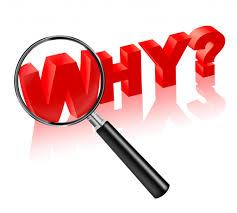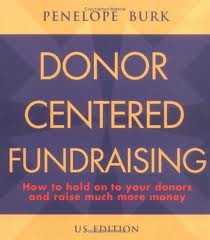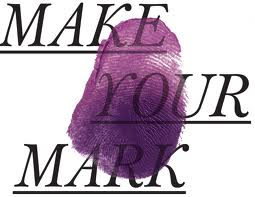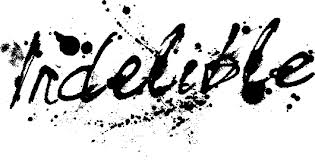 When I was a kid, I loved to watch cartoons. One of the first cartoons I fell in love with was Popeye. It was because of this early childhood idol that I first ate my spinach. It is also why I’ve been struggling with something I recently read in Tom Ahern’s “Love Thy Donor” eNewsletter.
When I was a kid, I loved to watch cartoons. One of the first cartoons I fell in love with was Popeye. It was because of this early childhood idol that I first ate my spinach. It is also why I’ve been struggling with something I recently read in Tom Ahern’s “Love Thy Donor” eNewsletter.
First things first, here is the passage I’m referencing in Tom’s recent publication:
Last year, my colleague Jen Shang, “the world’s first philanthropic psychologist,” as the New York Times dubbed her (and wife of chief fundraising researcher, Adrian Sargeant) was quoted. “Seven adjectives define what Americans see as a ‘moral’ person,” Jen told the reporter. Here are those seven words, in a sterling silver bracelet custom-crafted by Roxysjewelry.com. The adjectives: kind, caring, compassionate, helpful, friendly, fair, hard-working, generous and honest.
So, what does Popeye have to do with any of this for me?
Well, there is an episode where Popeye meets Ali Baba’s Forty Thieves and one of the lines of dialog is:
“Open sez me!”
These were magic words that opened something like a cave or possibly his can of spinach. The bottom line is that these were magic words.
When I read Tom’s eNewsletter, all I could hear was Popeye reciting those nine magic adjectives: kind, caring, compassionate, helpful, friendly, fair, hard-working, generous and honest.
 Here were some of my initial thoughts:
Here were some of my initial thoughts:
- Jen Shang told the New York Times reporter that there are “seven words,” but I could “nine words” on that bracelet. Where did the extra two words come from? Hmmmmm? I smell a mystery! Perhaps, this is where Scooby Doo and his meddling friends enter the picture?
- Wow! How can I use these magic words in my donor communications? If I use them in a solicitation vehicle (e.g. mailing, email, social media campaign, annual campaign case brochure, etc), will they be as magical as when Popeye uttered the words “Open sez me“?
- Is it the use of the those words or are these feelings and conditions I need to establish in my donor communications?
- A little voice inside my head is starting to crowd out Popeye, and the name of that voice is Penelope Burk. I’m beginning to worry that this doesn’t feel very “donor centered”.
- Maybe I should start getting concerned about all of these voices in my head! 😉
OK, OK, OK . . . I think I can reconcile my concerns about magic words and donor centered fundraising. However, that is another topic for another blog. I suspect a case can be made for the nine adjectives being the essence and soul of donor centered fundraising if you use them as guiding principles rather than magic words in a direct mail solicitation.
Let’s keep today’s blog post at 50,000 feet and end it with the following questions:
How do you instill any (or all) of the nine magic words as principles into your donor communications? In other words, what do you do and how do you say things to make a donor feel like they are being: Generous? Helpful? Honest? Compassionate? etc
Can you share some examples? If so, please do so in the comment box below.
Here’s to your health!
Erik Anderson
Founder & President, The Healthy Non-Profit LLC
www.thehealthynonprofit.com
erik@thehealthynonprofit.com
http://twitter.com/#!/eanderson847
http://www.facebook.com/eanderson847
http://www.linkedin.com/in/erikanderson847












 Welcome to O.D. Fridays at DonorDreams blog. Every Friday for the foreseeable future we will be looking more closely at a recent post from John Greco’s blog called “
Welcome to O.D. Fridays at DonorDreams blog. Every Friday for the foreseeable future we will be looking more closely at a recent post from John Greco’s blog called “ In that five-minute period of time as I paced the back of the banquet hall, there was a moment where I stopped listening and worrying about LaShaunda and I focused on what was happening in the room:
In that five-minute period of time as I paced the back of the banquet hall, there was a moment where I stopped listening and worrying about LaShaunda and I focused on what was happening in the room:


